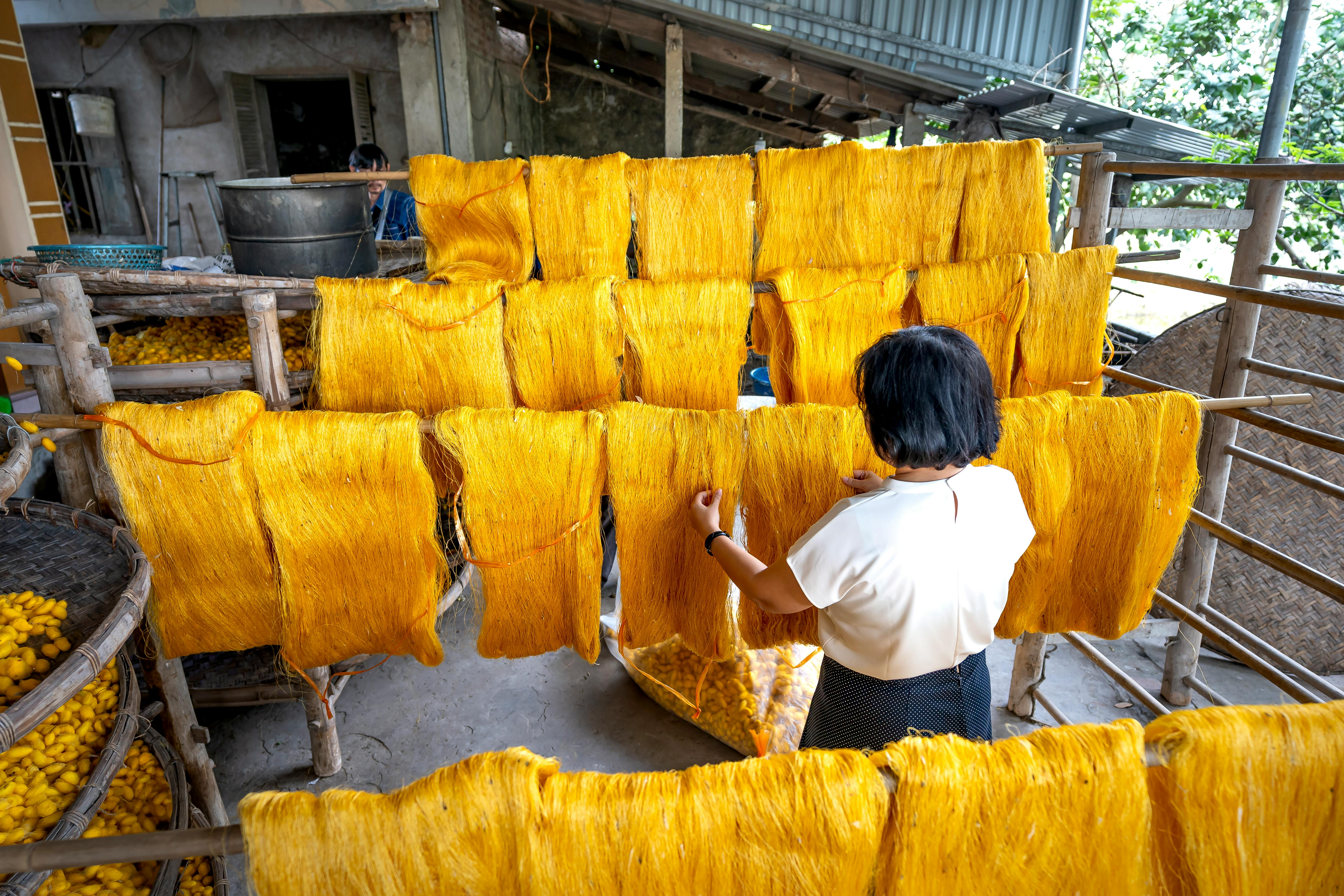7 types of photography tricks and special effects

With all the different photo editing software and apps available today, it’s easier than ever to add great special effects and photo illusion tricks to your favorite photos to give them an “otherworldly” appeal.
Various other amazing effects can be achieved by making adjustments to the shutter speed. By using these tips, even the most amateur photographer can make their photos look professional.
Tip #1: Light Painting Techniques
By slowing down your camera’s shutter speed and using it in a nighttime environment along with a flashlight, you can create some really cool and interesting special effects.
Simply wave the flashlight around, pointing it at the subject of the photo, as well as occasionally pointing it directly at the camera lens. What you get will appear as if the light is painted on the entire photo.
Tip #2: Light Drawing Techniques
Light drawing is similar to light painting, but differs in that the design is more specific.
Hold the camera about fifteen feet away from the subject and set the shutter speed to about 30 seconds. Using a flashlight or other light source, start making your pattern or design.
If you’re drawing something simple, like a basic shape, you may want to go over the pattern a few times. If it’s more complicated, keep going through the pattern just once fairly slowly to get the desired effect.
Tip #3: Using Flash Templates in Photography
Using a flash template on your photos will give you a cool special effect. To do this, you’ll need a box, a piece of sturdy white paper on which to make a template, or a pre-made template, and an external flash light source.
Cut out an area of the box so you can place your template on it. Paste the template in place. Then, on one side of the box, cut a hole big enough to fit your external flash. This will cause the flash to light up the stamped area.
Set your shutter speed to around 30 seconds, and then move within the area where you’d like the stamped image to appear. Remember not to stand too still or stay in one place for too long, or partial images of your body may end up in the photo along with the template.
Tip #4: Motion Blur Effects
Motion blur images are one of the most popular types of photo tricks and special effects available. To capture the essence of movement, and at the same time keep a subject in the photo in focus, there are a few tricks you can use.
One option is to freeze the entire image by shooting with a shutter speed of about one thousandth of a second. Another way to achieve motion blur is to pan your subject, following it while everything else around you continues to move. Another option is to have your subject remain still while you focus on it and things blur around you.
Tip #5 Double Exposure Special Effects
When attempting a double exposure effect, two slightly underexposed images should be taken. These images will then be combined to create a double exposure image.
Overlapping images will overlap on the finished product, so try to match them so that everything looks smooth and natural, apart from the subject you want to look a bit unnatural and stand out.
Tip #6 HDR Photo Effects
HDR stands for High Dynamic Range and involves taking one or a series of images and combining or adjusting them after processing. Usually this works by using three images of the exact scene, all taken with different shutter speeds.
Using special software, you can combine these images to enhance highlights and details such as shadows. This helps the photographer achieve the full effect of the scene as seen by the naked eye.
Tip #7 The Bokeh Effect
As the last in our list of 7 types of photography tricks and special effects, this one can be achieved using a DSLR camera and wide aperture settings. Set the camera to A or AV mode and use a low f-number (lower f-stop = larger aperture) to get a shallow depth of field.
Using a fixed focal lens will also help create the Bokeh effect. Keeping the subject very close to the lens and the background as far away as possible works to create the most effective Bokeh shot.
There is also good news for the point and shoot camera user as there are photo effect programs and even downloadable apps available for an iPhone or other mobile device to give you the Bokeh effect without all the extra work or special equipment.
All of these methods will give you the soft, circular light patterns that Bokeh is known for.
conclusion
Many of these trick photography methods can be achieved simply by adjusting the shutter speed. The shutter controls the amount of light that is allowed into the camera, which can greatly affect how the photo is exposed, as well as the final result of the shot.
It’s important to note that you don’t have to spend a lot of money to make your ordinary photos look extraordinary.